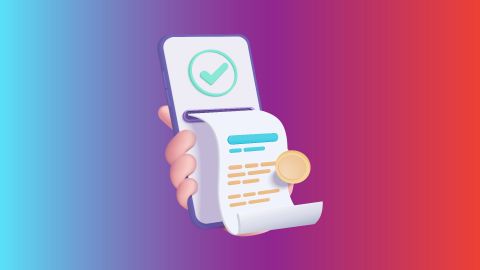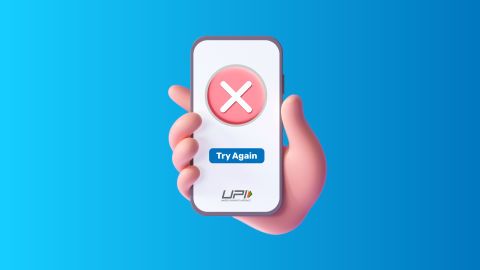What is Liquefied Natural Gas and what are Its environmental benefits. Know about the concept, where it is used, and more,
Liquefied Natural Gas
-
-
Liquefied Natural Gas (LNG) is natural gas cooled to a liquid state at around -162°C for easy storage and transportation. This process reduces its volume by approximately 600 times, making it efficient to transport over long distances. LNG is a cleaner energy source compared to traditional fossil fuels, emitting significantly lower levels of greenhouse gases.
What is Liquefied Natural Gas
LNG is primarily composed of methane, along with small quantities of ethane, propane, and other hydrocarbons. It is non-toxic, odourless, and colourless, making it a viable alternative to conventional fuels. LNG’s versatility allows it to be used in power generation, heating, and as fuel for vehicles and ships. Its compact nature enables it to be transported globally, reaching areas that lack pipeline infrastructure.Feature and benefits of Liquefied Natural Gas
The global transition to cleaner energy sources has positioned LNG as a critical player in the energy landscape. Its ability to complement renewable energy sources, such as solar and wind, makes it a strategic choice for sustainable development. LNG offers numerous benefits, including improved air quality, reduced carbon footprint, and energy security.
In addition, advancements in LNG technologies, such as floating storage and regasification units (FSRUs), are enhancing its accessibility. The growing adoption of LNG in industrial and transportation sectors highlights its potential to revolutionise energy consumption patterns.LNG suppliers and pricing
Leading global LNG suppliers include Qatar, Australia, and the United States. Pricing for LNG is influenced by factors such as production costs, transportation expenses, and market demand. The availability of online platforms has simplified the process of gas booking.Step to book LPG on Bajaj Finserv website
If you do not have a n LNG but own a LPG cylinder, here are easy steps for gas booking online on Bajaj Finserv website:
1. Visit the Bajaj Finserv website.
2. Navigate to the ‘GAS BOOKING’ section under 'PAYMENTS'.
3. Click on the 'PAY NOW’ button.
4. Select your service provider.
5. Enter your CONSUMER ID, CONSUMER NUMBER, or PHONE NUMBER and click ‘PROCEED’.
5. Sign in by entering your mobile number and clicking on ‘GET OTP’.
6. Verify your billing details and click on ‘PROCEED TO PAY’.
7. Choose a payment method: credit/debit card, net banking, UPI, or Bajaj Pay Wallet.
This process ensures a quick and secure booking experience for HP Gas. You should consider switching to LNG as it is a cleaner source of cooking gas.Fees and charges
A convenience fee of up to 2% will be charged depending on the transaction amount and payment mode (inclusive of applicable taxes). For more information on fees and charges, click here.
Note: For failed transactions, the total amount including charges except taxes are reversed.
-
Recharge and Pay Bills
Mobile Prepaid
Mobile Postpaid
Broadband Bill Payment
Electricity Bill Payment
Bajaj Finserv App for All Your Financial Needs and Goals
Trusted by 50 million+ customers in India, Bajaj Finserv App is a one-stop solution for all your financial needs and goals.
You can use the Bajaj Finserv App to:
Apply for loans online, such as Instant Personal Loan, Home Loan, Business Loan, Gold Loan, and more.
Explore and apply for co-branded credit cards online.
Invest in fixed deposits and mutual funds on the app.
Choose from multiple insurance for your health, motor and even pocket insurance, from various insurance providers.
Pay and manage your bills and recharges using the BBPS platform. Use Bajaj Pay and Bajaj Wallet for quick and simple money transfers and transactions.
Apply for Insta EMI Card and get a pre-approved limit on the app. Explore over 1 million products on the app that can be purchased from a partner store on Easy EMIs.
Shop from over 100+ brand partners that offer a diverse range of products and services.
Use specialised tools like EMI calculators, SIP Calculators
Check your credit score, download loan statements and even get quick customer support—all on the app.
Download the Bajaj Finserv App today and experience the convenience of managing your finances on one app.
You can use the Bajaj Finserv App to:
Apply for loans online, such as Instant Personal Loan, Home Loan, Business Loan, Gold Loan, and more.
Explore and apply for co-branded credit cards online.
Invest in fixed deposits and mutual funds on the app.
Choose from multiple insurance for your health, motor and even pocket insurance, from various insurance providers.
Pay and manage your bills and recharges using the BBPS platform. Use Bajaj Pay and Bajaj Wallet for quick and simple money transfers and transactions.
Apply for Insta EMI Card and get a pre-approved limit on the app. Explore over 1 million products on the app that can be purchased from a partner store on Easy EMIs.
Shop from over 100+ brand partners that offer a diverse range of products and services.
Use specialised tools like EMI calculators, SIP Calculators
Check your credit score, download loan statements and even get quick customer support—all on the app.
Download the Bajaj Finserv App today and experience the convenience of managing your finances on one app.
Frequently asked questions
What is LNG used for?
LNG is used in power generation, heating, and as fuel for transportation, including ships and vehicles.
How is LNG different from CNG?
LNG is liquefied natural gas, cooled to -162°C, while CNG is compressed natural gas stored at high pressure.
Is LNG safe for storage?
Yes, LNG is non-toxic, odourless, and stored in specialised cryogenic tanks to ensure safety.
What is the environmental impact of LNG?
LNG emits lower greenhouse gases and particulate matter compared to other fossil fuels, improving air quality.
How is LNG transported?
LNG is transported in specialised cryogenic ships and tanks designed to maintain its low temperature.
Show More
Show Less




